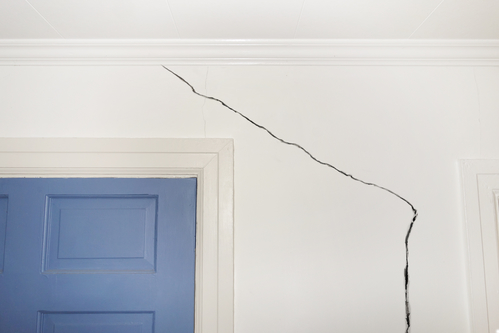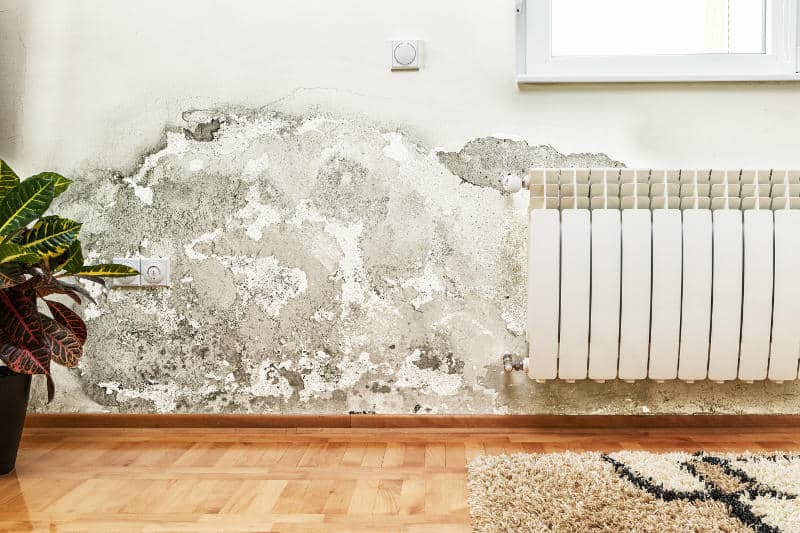Identify and Fix Stains from Water With Expertise
Identify and Fix Stains from Water With Expertise
Blog Article
Just how do you really feel in regards to How to Remove Water Stains from Walls and Ceilings?

Water stains on walls are not positive to the eyes. Your house ought to lack discolorations on the walls, roof, or floors. That is the suitable state of a home and also its frameworks. Occasionally it seems virtually inescapable to experience water stains on wall surfaces in houses.
Homeowners residing in humid areas constantly take care of the fear of water discolorations on walls. Yet that doesn't need to hold true for you. With all-around and also accurate details on the reasons for water discolorations and timely fixing processes, you will certainly always be a step ahead of such events. This post assures to be a valuable overview for you.
3 Typical Root Causes Of Water Discolorations on Wall Surfaces
Contrary to popular belief, water spots on walls do not constantly originate from poor structure products. There are numerous causes of water stains on walls. These include:
Poor Drain
When making a structure strategy, it is essential to make sure appropriate drain. This will certainly stop water from permeating right into the wall surfaces. Where the water drainage system is obstructed or missing, below ground moisture builds up. This links to extreme dampness that you discover on the wall surfaces of your building.
So, the leading cause of damp wall surfaces, in this situation, can be a bad drain system. It can additionally be because of bad management of sewer pipes that run through the structure.
Wet
When warm damp air meets with dry cool air, it causes water droplets to base on the wall surfaces of buildings. This occurs in kitchens and bathrooms when there is heavy steam from cooking or showers. The water beads can stain the bordering walls in these parts of your house and infect other locations.
Wet or condensation influences the roofing and wall surfaces of buildings. This creates them to appear darker than various other areas of the home. When the wall surface is wet, it produces an ideal atmosphere for the development of microorganisms and also fungi. These may have adverse impacts on health, such as allergic reactions as well as respiratory system conditions.
Pipe Leaks
The majority of houses have a network of pipes within the walls. This makes sure that the pipes are well away from the reach of harmful rats. It always boosts the practicality of such pipelines, as there is little oxygen within the wall surfaces. This discourages rust.
Yet, a downside to this is that water leakage impacts the wall surfaces of the structure and also triggers prevalent damages. An indicator of damaged pipelines is the appearance of a water stain on the wall.
Water Stains on Wall: Fixing Tips
Homeowners would generally want a quick fix when handling water spots. Yet, they would certainly soon recognize this is counterproductive as the water discolorations persist. So, below are a couple of valuable pointers that will certainly assist you in the fixing of water discolorations on walls:
Pro Idea
A houseplant in your home also boosts its humidity. So, if the house is currently humid, you might wish to present houseplants with minimal transpiration. An instance of ideal houseplants is succulents.
Final thought
No one desires to have water spots on wall surfaces in their house, it can happen to the ideal of us. This short article offers you take advantage of, as you now recognize how to manage this accident if it does take place.
It is always best to hire expert services to assist repair the problems in your home.
Occasionally it seems virtually unavoidable to experience water discolorations on walls in houses.
In contrast to popular idea, water stains on wall surfaces do not constantly stem from poor structure products. There are several reasons of water discolorations on walls. The water droplets can tarnish the surrounding wall surfaces in these components of your house and also spread to other areas.
Below are a couple of valuable pointers that will assist you in the repair of water spots on wall surfaces:
What To Do About A Water Stain On The Ceiling
Why This is Important
Not only are water stains a cosmetic issue, but they can also indicate that there is a leak in the home that needs to be fixed. Sometimes, this may be the first indicator of a bigger problem brewing or may have been a one time leaky issue. It is important to investigate to make sure it is under control before you possibly have thousands of dollars in repairs.
Identify the Cause of the Water Stain on the Ceiling and Where to Start
It is important to identify the cause of the water stain on the ceiling first so you can fix it. Start first with the roof to see if there are leaky shingles or missing shingles, missing flashing, or weakened seals around roof vents. You may need to get on top of the roof to look or call a professional to check for you. It is possible that water is coming into the home from the roof. So you will want to have the professional take a look to see if this is the issue.
Also, look in the attic to see if there is a pool of water and that will also help you to know if there is water leaking into the home.
Radiator or Air Handler on 2nd floor
In colder parts of the country, there may be a radiator on the second floor. Radiators are used to keep rooms warm in the cold months and do wear out or need replacing. Does the radiator have a pool of water underneath it or any dripping? If yes, this could be the problem and causing the water stain on the ceiling. Check the model of the radiator and see if it is something you can do yourself or call a professional to check the body, pipe, and the valve for leaks.
The same is true for those who have an air handler on the second floor. Did your AC stop working? Or do you see water leaking? The drip pan (if you have one) on an HVAC unit collects the water and it can become clogged and back up. The float switch (again, if you have one) will activate as soon as the water reaches a certain level and shut down the HVAC unit, thus not allowing the water to continue to flow. Make sure the HVAC doesn’t become clogged and checking this monthly is a good idea.
Upstairs Bathroom Can Cause a Water Stain on the Ceiling
Bathrooms are often the culprit as caulking wears out after about 10 years and needs replacing. Is the home older than 10 years? This may be the issue. While checking the caulking in the bathroom around the sinks, toilets, and shower/bath, also check for black mold in the shower. Might as well rule everything out while you are looking for the source.
Other areas to look at are toilets clogging and overflowing. Do you see water near the toilet on the floor? This could be the seal is broken on the toilet and it needs replacing. Also, adding caulk to the toilet to connect it to the floor is a good idea. If the toilet is continuously running, you can shut off the water and do the water meter test.
Write down the number on the water meter and then turn off the water for three hours. When you turn it back on, check the number on the water meter. If it has increased, then you have a leak in the indoor plumbing.
Taking care of these areas is essential as sewer gases can also be escaping. Sometimes these issues will soak the ceiling below and clog in sinks and drains in the shower can also cause flooding in a bathroom.
Put a Drop Cloth on the Floor
With goggles on and gloves, put a drop cloth on the floor. Then, take 3 glasses of warm water and one cup of bleach and mix it together. Set up a ladder and climb up to the stain. Use a sponge that is soaked in the concoction to rub it on the water stain to get it to come off. Take a spray bottle of plain water and spray the stain to get the bleach mixture off. This is important because you want to be able to prime it and paint it. Take a dry towel and rub the stain to help it dry faster. Next, put painters tape around the ceiling if the spot is near the walls. Apply an Oil Based, Stain Blocking Primer
Apply an oil based, stain blocking primer that is mold resistant that matches the ceiling. It is important to put the primer on first so the paint doesn’t soak into the ceiling. If you have a flat ceiling, you can use a paint roller with an extension to apply it. Once the primer has dried, apply the paint. If you have a textured ceiling, a spray on primer might work better.
Choose a Latex or Alkyd Ceiling Paint
The latex ceiling paint is water-based and dries faster than the oil-based paints and also is thicker than wall paint. Make sure that the paint matches the ceiling color. Using a roller, paint it on over the primer and let it dry for up to four hours. Then, apply a second coat and let it dry. The second coat should make the stain disappear.
https://insideandoutpropertyinspectors.com/water-stain-on-ceiling/

I recently found that page on Indicators of Water Damage Behind Walls when doing a lookup on the search engines. For those who liked our blog post please make sure you remember to pass it around. Thanks a lot for your time. Visit us again soon.
Choose our certified emergency plumbers. Report this page